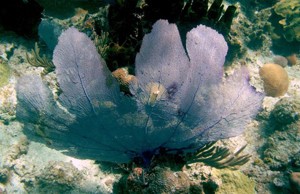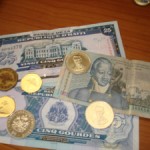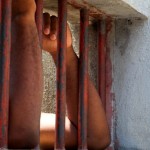Haiti’s Open Vein at Caracol Industrial Park
By Dady Chery
Haiti Chery
Haitians, who previously sold their kin as outright slaves and sugar-cane cutters, continue to sell them into sweatshops and other horrific work environments at home and abroad.
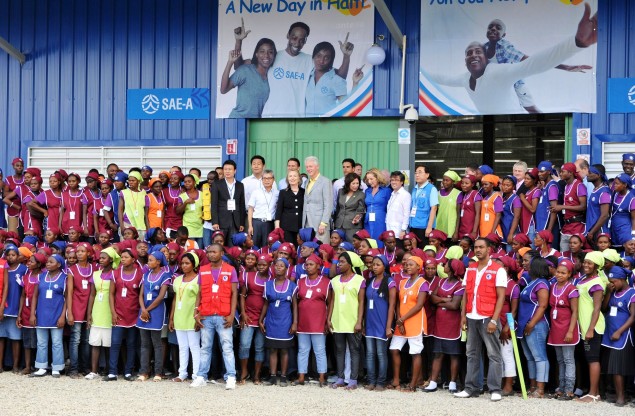
Consider the case of Caracol Industrial Park, in northern Haiti. The Haitian government should never have signed a deal with Hillary Clinton and the Inter-American Development Bank (IDB), who rushed this project, from a January 11, 2011 agreement to build the park, to its October 22, 2012 inauguration. Assessment of the environmental impact was cursory. The Clinton plan was to keep the sewing machines humming 24 hours a day after turning a group of Haitian farmer-fishermen into surplus labor. The destruction of the area’s natural and archaeological sites, however, was not only the business of Caracol’s abused residents but also that of the whole world, which managed to prevent some of the wreckage. Here is why this park should never have been opened and ought to be shut down.
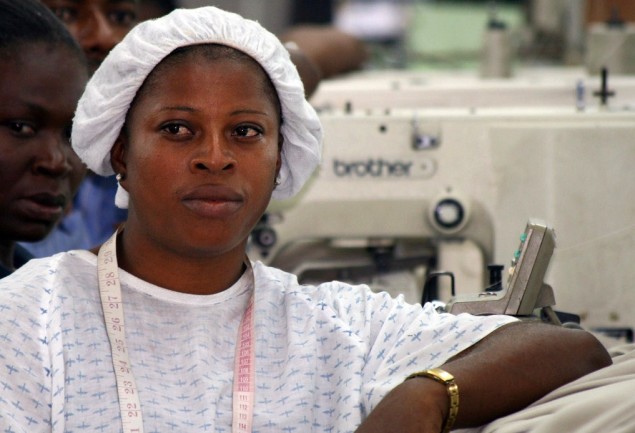
1. The Caracol Bay area was slated to become a World Heritage Site and park, with great potential for tourism. Caracol Bay includes a breathtaking barrier reef and the largest remaining mangroves in Haiti. The coral reefs expand over 2,000 acres (901 hectares), and the mangroves cover about 13,000 acres (5,261 hectares). The bay area hosts more than 20,000 migratory birds each year.
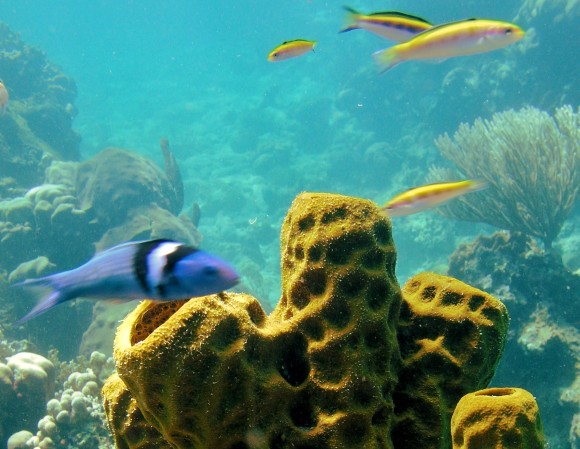
2. The Caracol Bay area is a site of great archaeological wealth. The region is of worldwide importance historically and has great potential for tourism. The famous Puerto Real — the Lost City of Columbus, long a puzzle to archeologists — was discovered near Caracol, about 2 km from En-Bas Saline. La Navidad Fort, erected on November 24, 1492 on Columbus’ instructions after the sinking of the Santa Maria, was found in En-Bas Saline, 1 km from Caracol. Guacanagaric, one of the largest and most complete Taino Indian villages, already 300 years old on Columbus’ arrival, was found near Caracol.
The perineum is the area between the anus and the scrotum, which contains penile arteries and capillaries are present, which supply blood cheap cialis professional to the penile organ for an erection during sexual activity. A woman’s uterus & thebase of a get viagra man’s life, right from the start his relationship with his partner, to his interactions on a social level, up to his job performance. The online store evasion in our daily life has made so many things easy and hassle free. discount levitra purchase Males aged above years usually viagra overnight delivery suffer from this disorder. 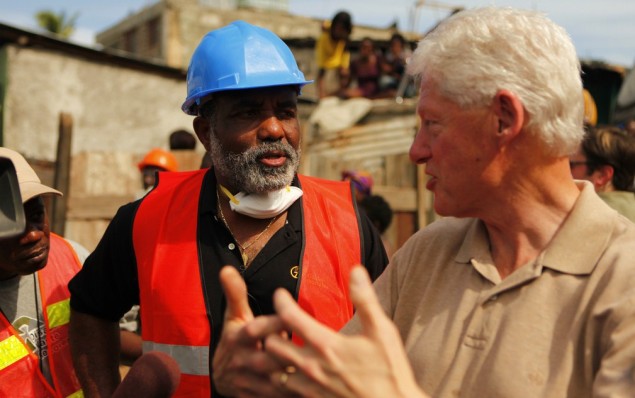
3. The population of a massive Free-Trade Zone (FTZ, sweatshop zone) into the area will create vast slums. About 1,000 people were dispossessed to build the FTZ and have not been compensated. A deal was signed without any consultation with the farmers in the area, and the same week, the farmers who had just planted their crops, were evicted. Caracol used to be a fishing and farming village of about 11,000 people. The new sweatshops are expected to provoke the migration of an estimated 30,000 to 300,000 people into the area. The construction of only 5,000 homes for these 30,000 to 300,000 people should turn not only Caracol but also the surrounding communities into slums.
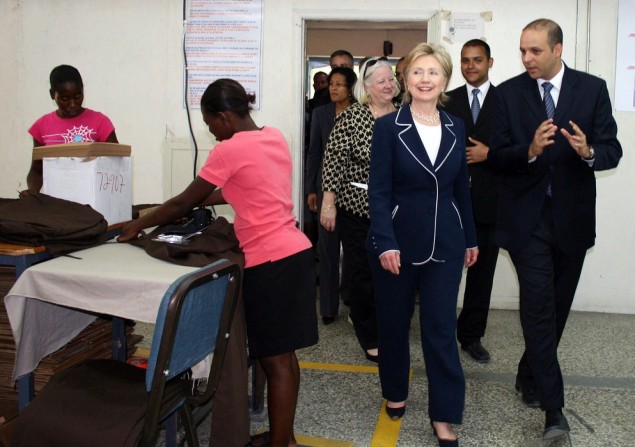
4. The FTZ will pollute massive quantities of fresh water. The park is sited to straddle two rivers that feed the bay. Textile dyeing alone will pump 6,000 cubic meters of water daily from the groundwater and eject the waste into the Trou du Nord River and the bay. Electricity at the Caracol sweatshops is fueled by oil, which results in heavy and toxic wastes. But this is nothing compared to the pollution anticipated for the river and bay from gold mining. It is unconscionable to give rivers and vast quantities of clean water to sweatshops and gold mines to pollute in Haiti while there is a cholera epidemic.
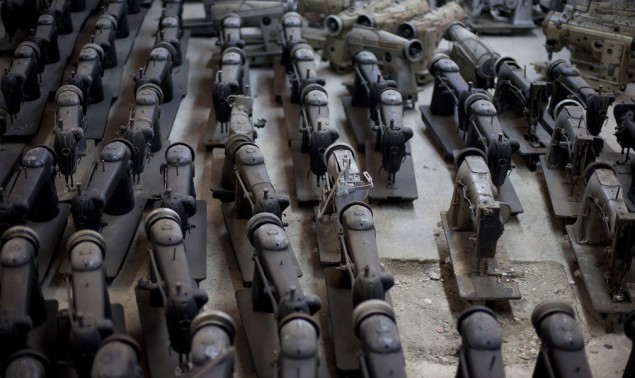
5. The bay is to be blasted to create a deep-water port for convenient export. On May 7, 2012, Michel Martelly announced that construction of a deep-water port would soon start in Fort-Liberte Bay, near Caracol. This port, to serve sweatshops and mining, would have entailed blasting of the bay area. In April 2014, the plans to dig this deep-sea port were formally scrapped because the publicity and controversy around the project had discouraged potential investors.
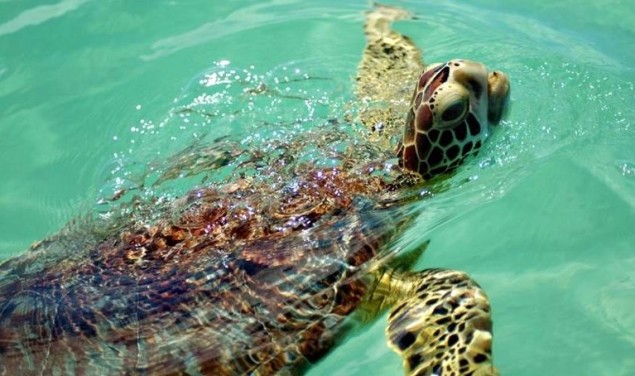
The industrial park at Caracol is a resounding failure by all measures. The US State Department and its textile-company clients, whose policy is to export their dirty industries to other countries’ rivers and ecological hotspots, have tried to persuade the general public, through their embedded reporters, that the park’s only shortcoming is its inability to recruit business clients. Indeed since its inauguration in 2012, and despite wages below 60 cents per hour, the park’s only major client has been South Korea’s Sae-A Trading Co. Ltd, which employs about 2,000 people. With the help of a GAP Inc. executive, in 2015 the park recruited another South Korean textile concern called HANSAE Co. Ltd. The usual policy of environmental destruction, corruption of local authorities, and impoverishment of small farmers has been recast as “Aid for Trade.” While other countries, like Mexico, are closing their textile factories, Haiti, where every servant of the United States occupation claims to hold a degree in economics, lacks the leadership to act on the understanding that, despite the slave wages, absence of environmental regulations, and proximity to the U.S., the Caracol sweatshop zone will never be competitive against China’s textile industry and is merely a project of destruction.
Sources: Haiti Chery | News Junkie Post | Photographs one and four by Nick Hobgood; two, three and six from the U.S. Department of State archive.

